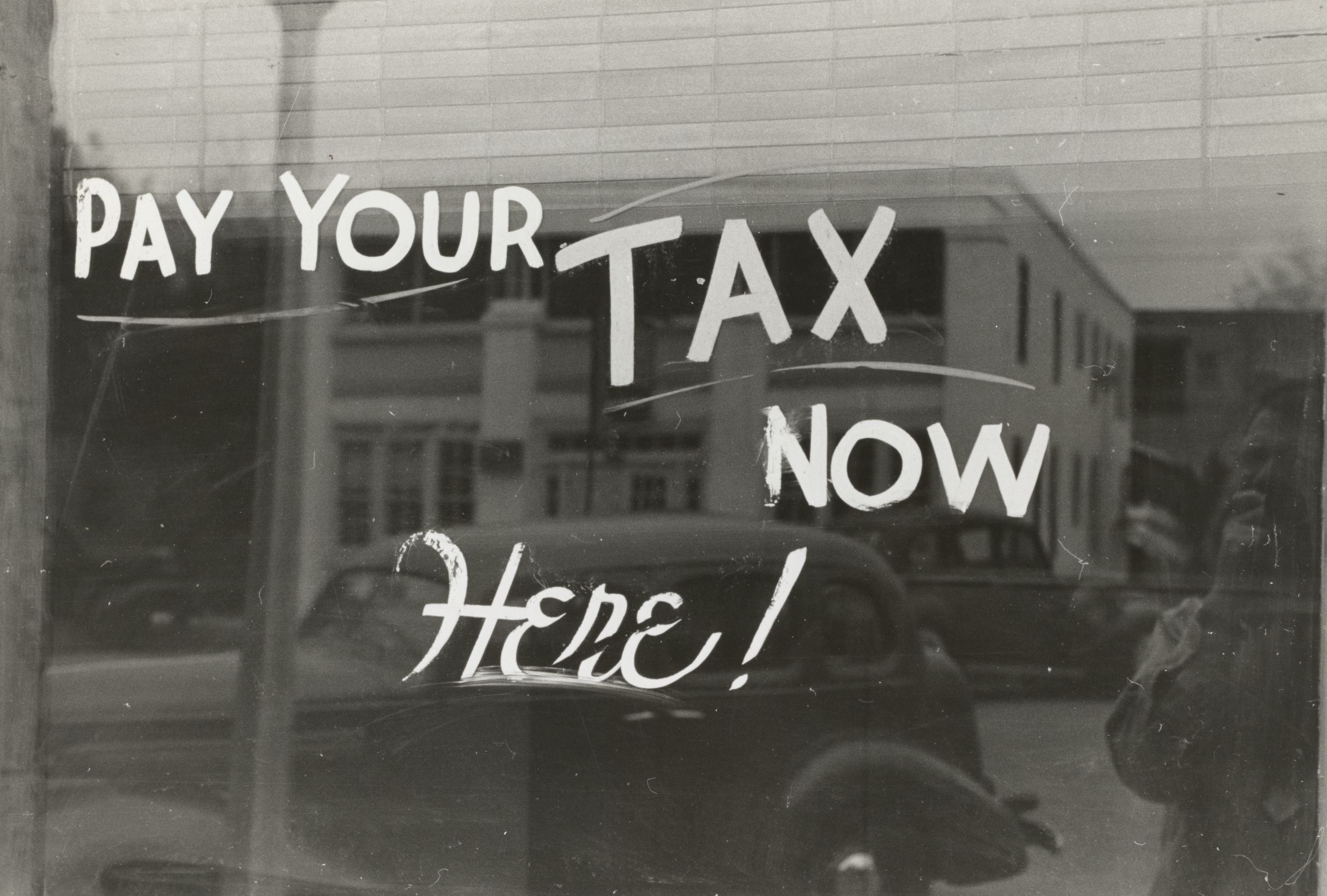Most of us want to make life easier for the people we leave behind. Yet when someone dies, families often face not just grief but a mountain of admin, confusion, and stress.
That’s where a simple “When I Die” list comes in. It isn’t morbid. It’s an act of care that can bring you and your loved ones peace of mind. By investing an hour today, you can spare your loved ones weeks of frustration later and yourself the worry of leaving them unprepared.A t PWS Financial Consulting, we help clients plan for their wealth over the decades ahead. However, the most practical and human thing you can do right now might be to create your checklist.
What should go on your list?
Think of it as a roadmap for the first 90 days after your death. Include:
-
Essential documents and where to find them
-
Will, lasting powers of attorney, deeds, and share certificates.
-
Marriage/divorce papers, birth certificates, insurance policies.
-
-
Key contacts
-
Solicitor, accountant, financial planner, executors, and trustees.
-
Employer or pension scheme administrator.
-
-
Banking and investments
-
Current accounts, savings accounts, ISAs, and pensions.
-
Investment platforms, bonds, and premium bonds.
-
Online access instructions (not passwords — but where to find them securely).
-
-
Debts and obligations
-
Mortgages, credit cards, loans, and car finance.
-
Utilities, mobile phone, subscriptions.
-
-
Digital life
-
Email accounts, social media, cloud storage, photo libraries.
-
Device access (Apple legacy contact, Google Inactive Account Manager).
-
-
Recurring household matters
-
Council tax, TV licence, insurance renewals, and home alarm codes.
-
-
Funeral wishes and personal notes
-
Burial or cremation preferences.
-
Music, readings, or charities for donations.
-
Letters of love or guidance for children, grandchildren, friends.
-
How to make it work
-
Keep it in one place, ideally, in a fireproof folder or digital vault. Inform at least two trusted individuals where it is located.
-
Keep it simple. It doesn’t need to be perfect — even bullet points help.
-
Keep it updated. Review once a year (birthdays or tax year-end are easy reminders).
Why it matters
I’ve sat with families who can’t find life insurance policies, who don’t know the mortgage account number, who don’t know if Dad wanted hymns or Coldplay. Creating a “When I Die” list is not just a practical step; it’s one of the kindest and most significant things you can do for your loved ones. It shows them that you care about their well-being even after you’re gone.
At PWS, financial planning isn’t just about investments. It’s about leaving your family secure, informed, and cared for. If you’d like us to review your “When I Die” list alongside your will, powers of attorney, and estate plan, get in touch.
If you need advice, we’re here to help. Schedule a free, no-obligation chat here. A guide on selecting a financial advisor is also available here.
This article is for general information only and does not constitute personal advice. If you’d like advice tailored to your specific circumstances, please contact us.





